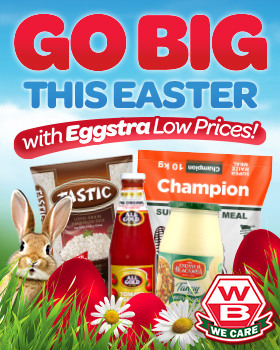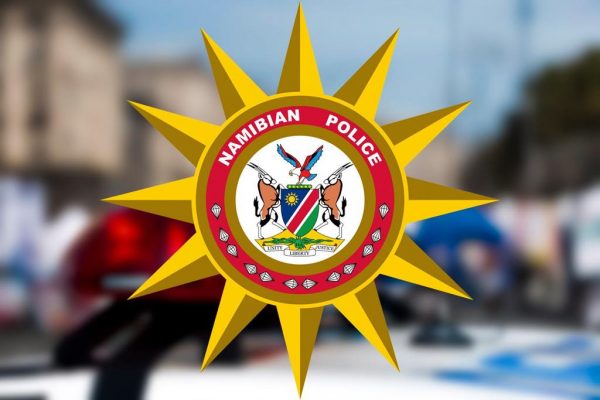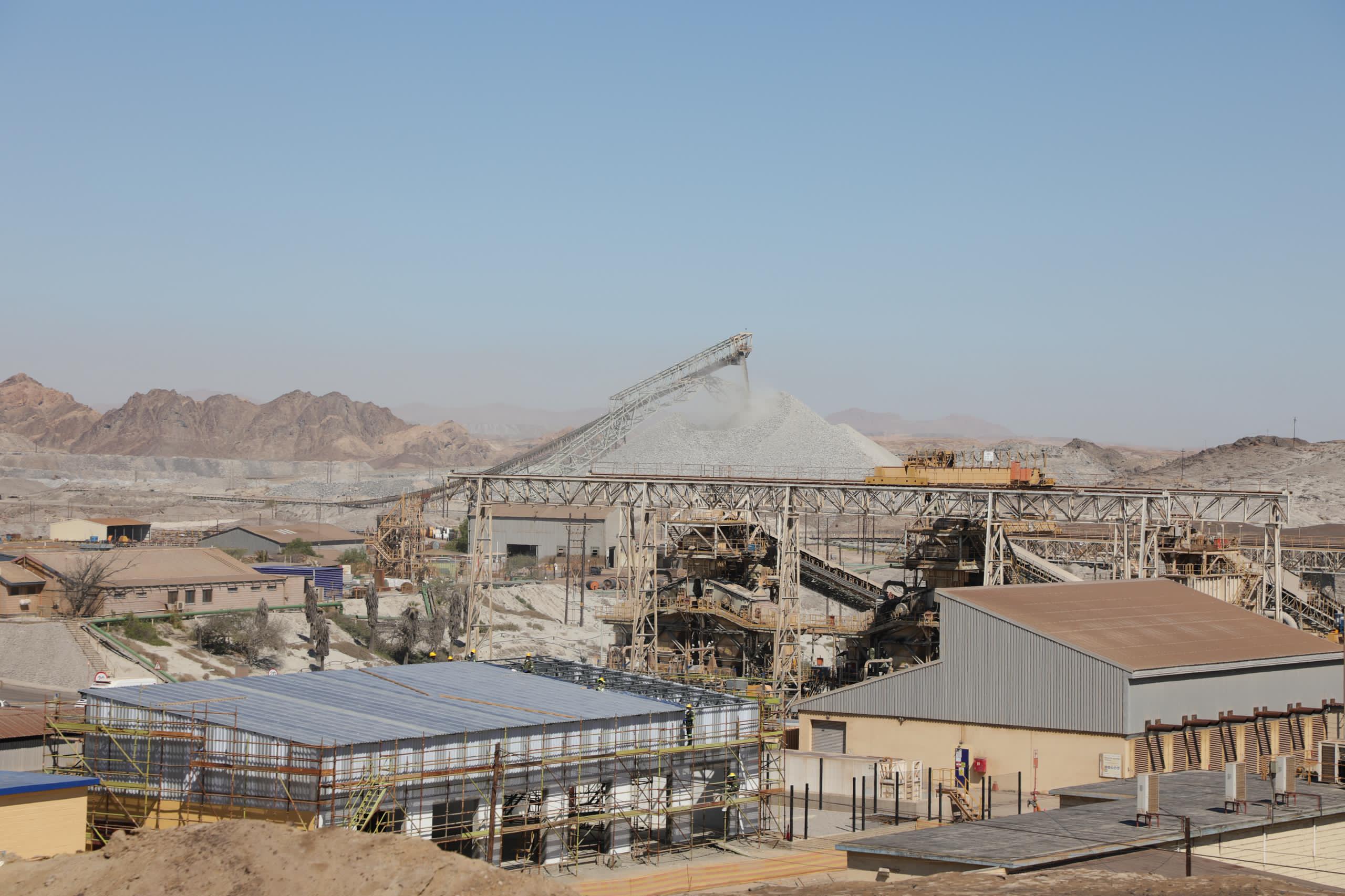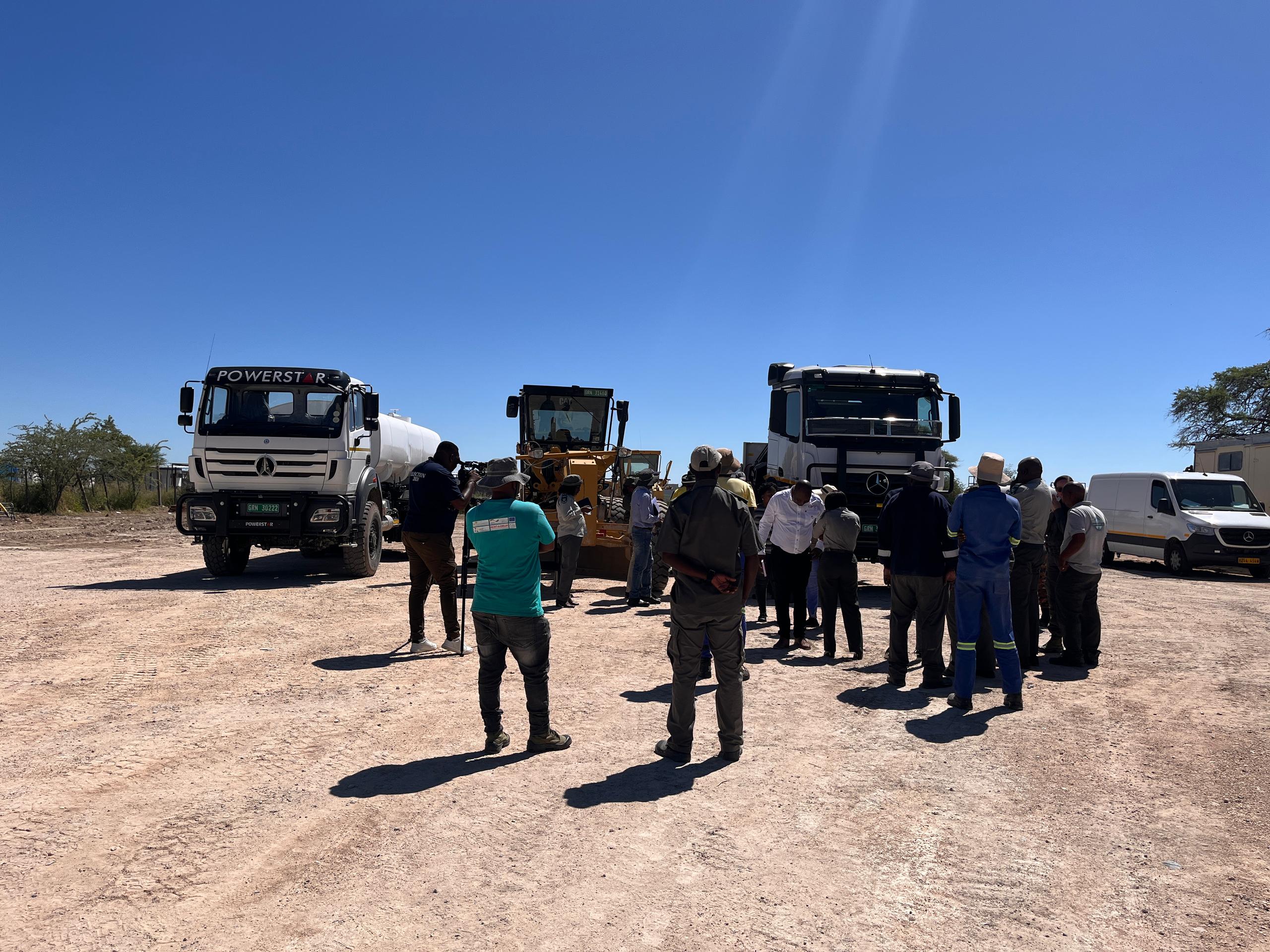JOHANNESBURG – The chief executive of South African petrochemicals group Sasol said yesterday the group had short-listed a final three bidders for its chemicals unit it hopes to sell by the end of this year.
Sasol had hoped to conclude the sale of its Olefins & Surfactants (O&S) chemical unit by June this year, he said, but the disposal had been slightly delayed. “We hope to wrap it (the sale) up in this calendar year, we have until December although we had hoped to conclude it in the past year which ended in June,” Pat Davies, Sasol’s Chief Executive Officer told Reuters in an interview.He said of seven bidders, Sasol had whittled the number to three final bidders, all from outside of South Africa, a mixture including companies and private equity firms.He could give no further details.Sasol is selling most of its O&S chemical unit, but will keep the unit’s South African business.Sasol in 2001 bought the chemical business then known as Condea from Germany’s RWE Dea for 1,3 billion euros, and most of this business is held in Sasol O&S in units located in Europe and the United States.Analysts had said Sasol may struggle to get buyers to fork out an amount anywhere near the price it paid for the business, but Sasol said the unit would only be sold at fair value.Sasol said earlier that its attributable earnings per share to end-June rose nine per cent to 16,73 rand as reduction of the net asset value of the O&S unit led to a charge of about 2,8 billion rand after tax on its earnings for the year ended June.Excluding the O&S write-down – which the group had warned investors about last week – and impairments of 900 million rand, attributable earnings per share increased by 40 per cent to 22,15 rand, the group said.Davies said he expected an impact, but not a significant one on the output of the group’s Oryx (GTL) joint venture in Qatar, which was delayed to the fourth quarter of 2006 following damage during early commissioning to a supporting utility system.”Yes, there will be an impact but not significant,” he said.”The problem was with supporting units not with Sasol’s proprietary technology (for converting gas into liquid fuels), and we have added our staff there to help out.”Davies estimated that oil would be trading at US$60 per barrel by the end of the year, which is the half-year point of the company’s current financial year.He said the company used a price of upper US$40s and lower US$50s per barrel for its long-term planning.”It is hard to anticipate what oil will be doing, but we expect with political risk toning down, the price could be around US$60 per barrel,” he said.Sasol’s year-end results were fuelled mostly by a higher oil price, the group said.Nampa-Reuters”We hope to wrap it (the sale) up in this calendar year, we have until December although we had hoped to conclude it in the past year which ended in June,” Pat Davies, Sasol’s Chief Executive Officer told Reuters in an interview.He said of seven bidders, Sasol had whittled the number to three final bidders, all from outside of South Africa, a mixture including companies and private equity firms.He could give no further details.Sasol is selling most of its O&S chemical unit, but will keep the unit’s South African business.Sasol in 2001 bought the chemical business then known as Condea from Germany’s RWE Dea for 1,3 billion euros, and most of this business is held in Sasol O&S in units located in Europe and the United States.Analysts had said Sasol may struggle to get buyers to fork out an amount anywhere near the price it paid for the business, but Sasol said the unit would only be sold at fair value.Sasol said earlier that its attributable earnings per share to end-June rose nine per cent to 16,73 rand as reduction of the net asset value of the O&S unit led to a charge of about 2,8 billion rand after tax on its earnings for the year ended June.Excluding the O&S write-down – which the group had warned investors about last week – and impairments of 900 million rand, attributable earnings per share increased by 40 per cent to 22,15 rand, the group said.Davies said he expected an impact, but not a significant one on the output of the group’s Oryx (GTL) joint venture in Qatar, which was delayed to the fourth quarter of 2006 following damage during early commissioning to a supporting utility system.”Yes, there will be an impact but not significant,” he said.”The problem was with supporting units not with Sasol’s proprietary technology (for converting gas into liquid fuels), and we have added our staff there to help out.”Davies estimated that oil would be trading at US$60 per barrel by the end of the year, which is the half-year point of the company’s current financial year.He said the company used a price of upper US$40s and lower US$50s per barrel for its long-term planning.”It is hard to anticipate what oil will be doing, but we expect with political risk toning down, the price could be around US$60 per barrel,” he said.Sasol’s year-end results were fuelled mostly by a higher oil price, the group said.Nampa-Reuters
Stay informed with The Namibian – your source for credible journalism. Get in-depth reporting and opinions for
only N$85 a month. Invest in journalism, invest in democracy –
Subscribe Now!










